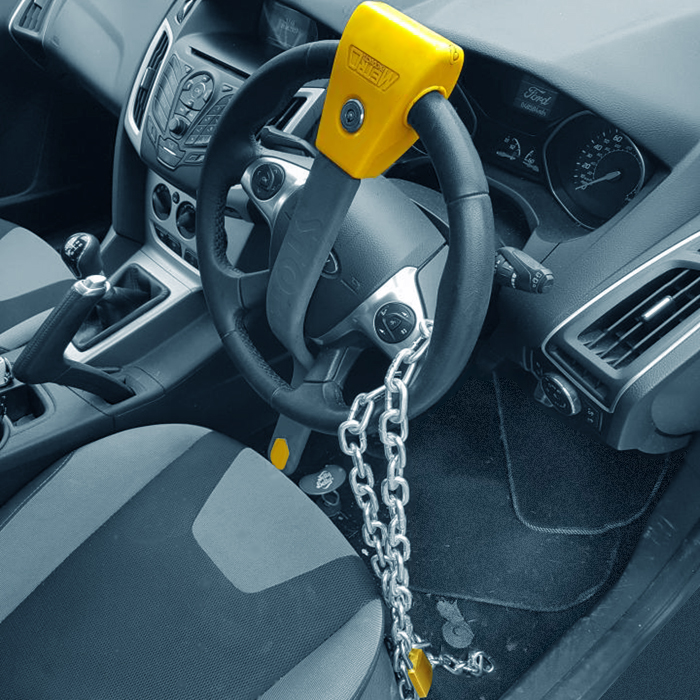HP accelerates the future with Multi Jet Fusion 3D Printing Technology

6 Years ago I wrote a blog post on ’The New Industrial Revolution’ - about how 3D printing was becoming affordable, and MakerBot Industries had recently then introduced their first proper domestic model. I covered the various different types of 3D printing technology - from fused depositing through laser sintering, stereolithography and electron beam melting. 3D Printers have come a long way since then, including the domestic versions, which are now far better than the rudimentary plastic extrusion devices that were prevalent in the early days.
HP’s new Jet Fusion printers take us a step further towards the future with speeds of up to 10 times faster than the competing technologies, laying down layers at 30 million drops per second. HP deposits a variety of Volumetric Pixels - i.e. 3 dimensional pixels it calls ’Voxels’. There are in effect two different printer heads which make fast passes one over the other for each layer of material deposited. The first of the two passes deposits the raw material in the required configuration, the second ads fusing and detailing agents and fuses the whole layer together with an energy beam - then onto the next layer and so on and so forth ...
Multi Jet Fusion Process
- Material Deposit - one of a mulitple of materials is laid down on the printing bed
- Fusing Agent - applied on material layer where particles are meant to fuse together
- Detailing Agent - applied to modify surfaces - add detail, smoothing etc.
- Energy Beam Fusion - Material + Agents are exposed to energy which triggers fusion of particles in controlled and desired manner to form complete part built up of many such minute layers
A closed-loop thermal control system measures temperature across hundreds of points on the surface of the material to control precise and equal distribution of heat to ensure perfect results.
’The result is full control over chemical properties, dimensional accuracy and repeatability’
The incredible thing about HP’s technology is its combination of precision and speed which allows it to produce better quality components at up to 10 times the speed of any existing comparable 3D technology.
There are of course wider considerations for some industrial applications as racing car and aerospace parts are being printed by industrial scale machines - which handle metals, ceramics, glass, resins and plastics, although most are quite specialist and don’t mix and match raw materials so readily.
It is somewhat unclear at the moment exactly what the full range of HP’s 3D Materials may be, but judging from their future horizons possibilities, this sort of technology will have the power to truly change the world.
Future Innovations
- Colour - different colour per voxel
- Surface Texture - each voxel can have wholly different surface properties to enable to most complex of parts
- Translucency - degree of opacity per voxel - enabling printing of lenses and sensors
- Elasticiy & Strength - vary density and springiness of voxel
- Electrical Conductivity - Enabling embedded electronics - printing of circuit boards etc. within the same continuos process
- Advanced Materials - Using different printing raw materials together or emulating specific material properties at a voxel level
- Complete Devices - Handling multiple materials and creating a fully working electronic device like a smartphone for instance within one complete printing process
Shapeways - the Dutch-originated commercial 3D printing community where you can design your own parts and objects and have them printed on demand to your own exacting specifications have already rubber-stamped HP’s success by selecting these Multi Jet Fusion Printers as their devices of choice.
We’re probably still 10-20 years off an all singing and dancing domestic version which will allow you to print out every spare part you would ever need, in fact spectacles, contact lenses and even your new smart phone or Nintendo DS. In the meantime, different types of 3D printing are being used to build entire houses (extruded concrete), print out exquisite desserts, make custom Lego and jewellery without the need for moulds, furnaces or centrifuges.
Eventually we will be printing our own meals - not necessarily every one, but probably an increasing number in perfect combinations of proteins, carbohydrates, fats, fibre, vitamins and minerals - with flavour, colour, texture and temperature all fused into the mix - the new cooking! There will be less wastage and less obesity, as we will know exactly what combination of foods we are ingesting, and can even apply ’healing-food’ protocols to accelerate our way out of a particular illness or debilitating condition.
This will not only fuel a whole new industrial revolution, but be an era of unprecedented creativity, innovation and collaboration, and we will need to change the laws of patents and intellectual property rights in so many ways to handle all the possible permutations such an age will bring. It won’t necessarily relegate all of the older traditions, increased hydroponic-grown fruit and vegetables will supplement 3D printed fayre, and lab-grown chicken, beef and fish protein steaks will do away with large swathes of the not entirely wholesome livestock industry. It will mean more kindness, variety and adventure for most ...

Did you find this content useful?
Thank you for your input
Thank you for your feedback
Upcoming and Former Events
Affino Innovation Briefing 2024
Webinar - Introduction to Affino's Expert AI Solutions - Session #2
Webinar - Introduction to Affino's Expert AI Solutions - Session #1
PPA Independent Publisher Conference and Awards 2023
Meetings:
Google Meet and Zoom
Venue:
Soho House, Soho Works +
Registered Office:
55 Bathurst Mews
London, UK
W2 2SB
© Affino 2024






















